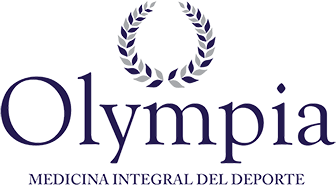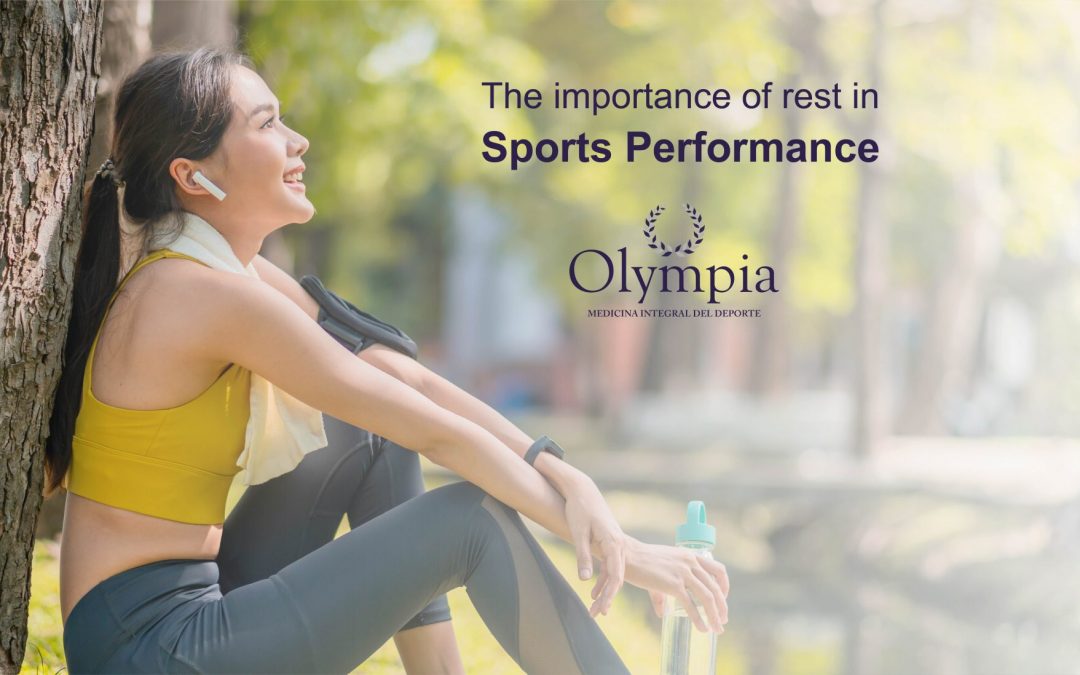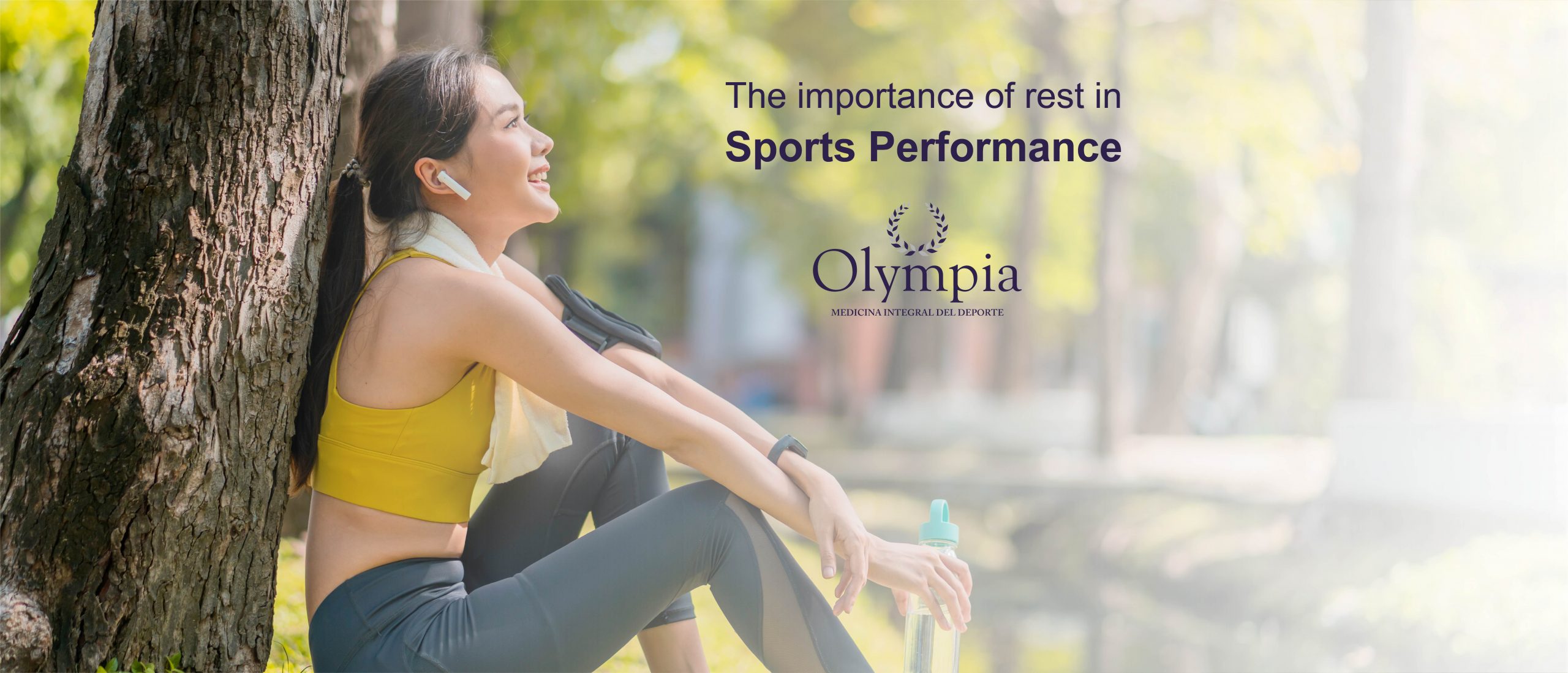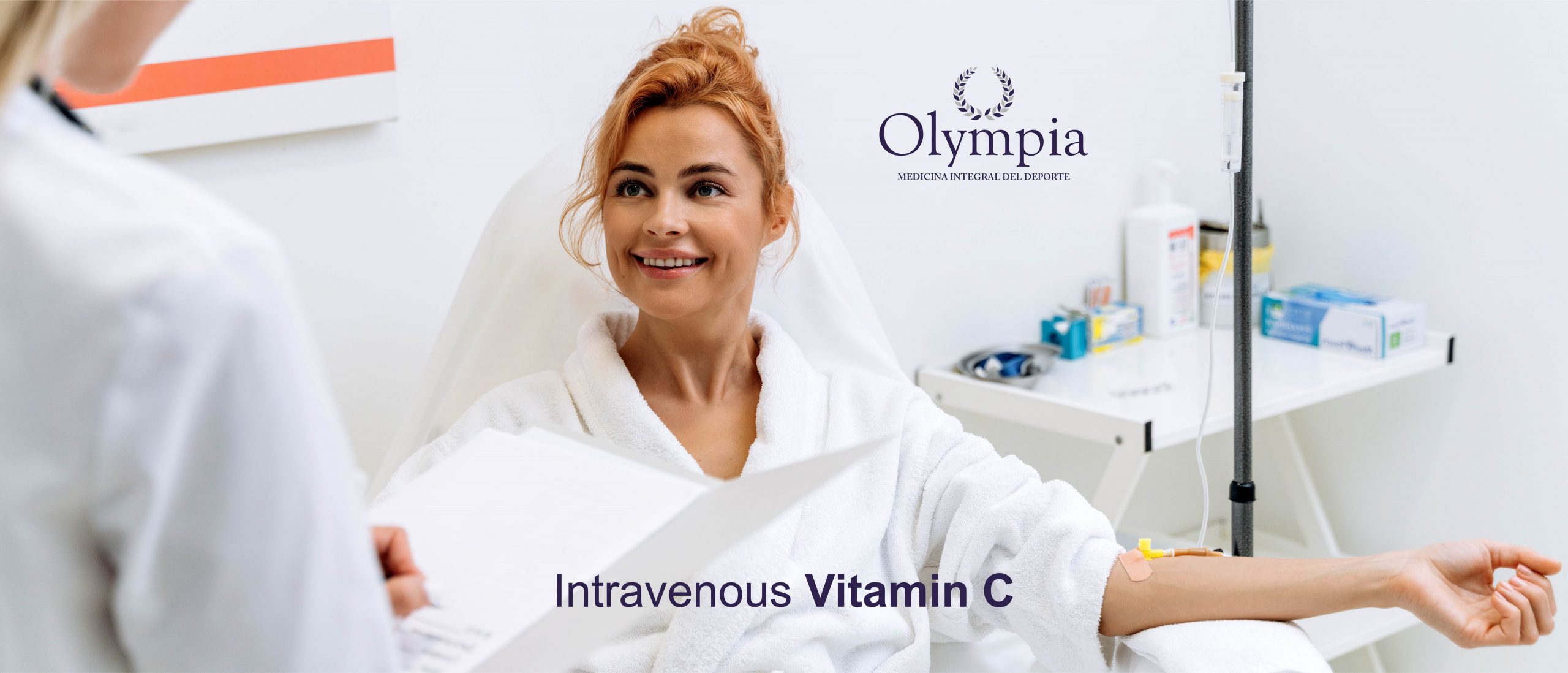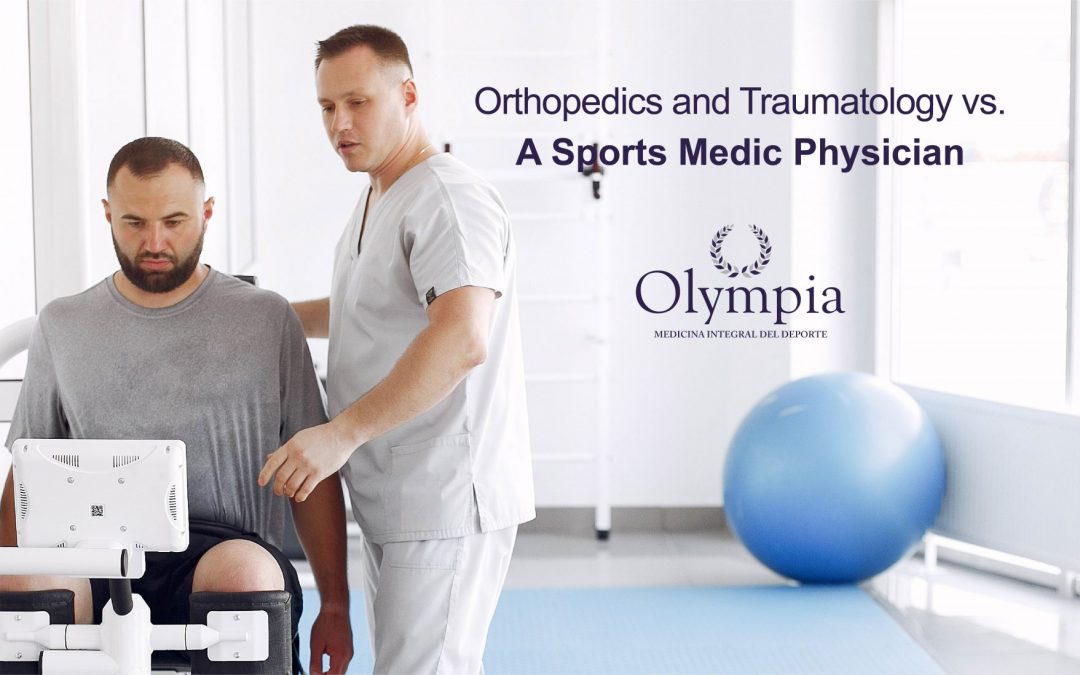
Orthopedics and Traumatology VS a Sports Medicine Physician. What medical branches do each of them cover?
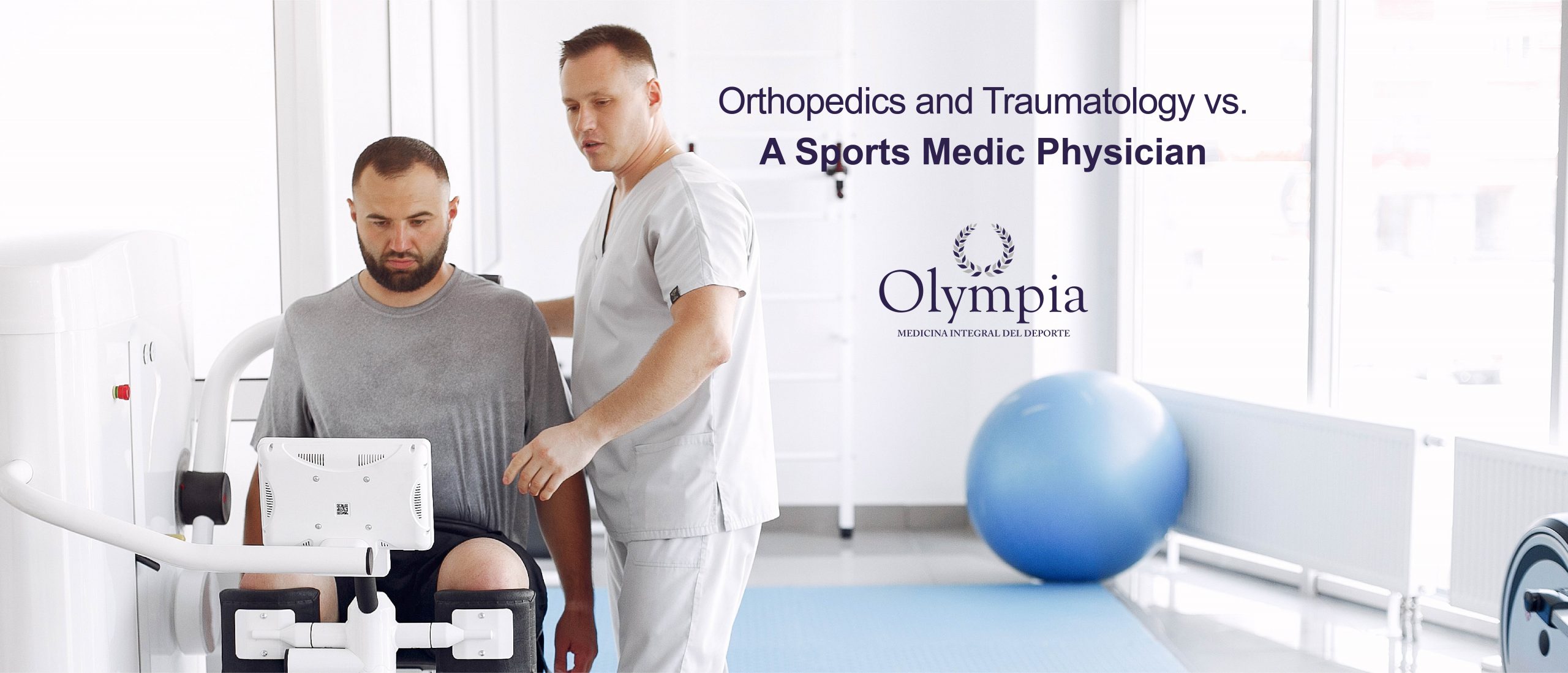
Medical school lasts approximately 4 to 7 years (depending on the country), after which doctors have the option of continuing their studies by studying a medical specialty, which consists of different branches and completion time. However, many people may still have doubts about the work of each specialist and their differences. An example of this is the confusion between an orthopedic traumatologist and a sports medicine doctor.
Let’s start by explaining each one separately. Traumatology and orthopedics fall within the surgical specialties and focuse on the study, diagnosis, and treatment of diseases of the musculoskeletal system such as congenital diseases, fractures, dislocations, degenerative injuries, among others. Their treatments can be pharmacological, with orthopedic devices, or surgical (arthroscopy, reconstruction, amputations, fixations, etc.).
Sports medicine, as its name suggests, specializes in the prevention, diagnosis and treatment of injuries caused during physical activity and sports practice. They also have extensive knowledge of the metabolism of athletes and the effects of exercise on the body. One of its main functions is to provide athletes with comprehensive and continuous care to increase their performance and efficiency within their sport, and as mentioned above, to prevent any type of injury. The most common causes of consults are tendinopathies, tears, sprains, and joint injuries; however, the sports doctor also sees athlete pathologies such as heart disorders, altitude sickness, jetlag, over training, muscle imbalances, ergogenic foot changes among so many other things.
These differences in many cases complement each other, for example, an athlete with a fracture that requires surgery or a patient seeking alternative and less invasive therapies.
If you are an athlete and have suffered an injury, it is best to go to a sports medicine doctor for a personalized examination based on the sport you practice for a prompt and effective recovery, maintaining your sports performance.
